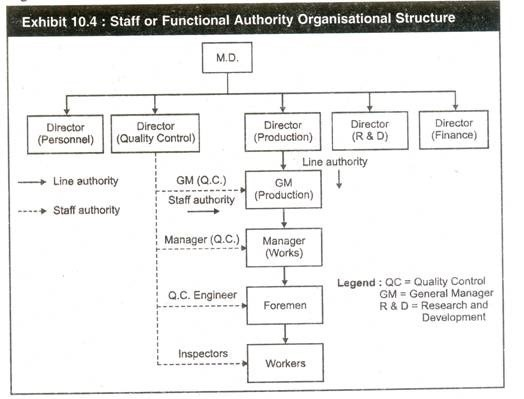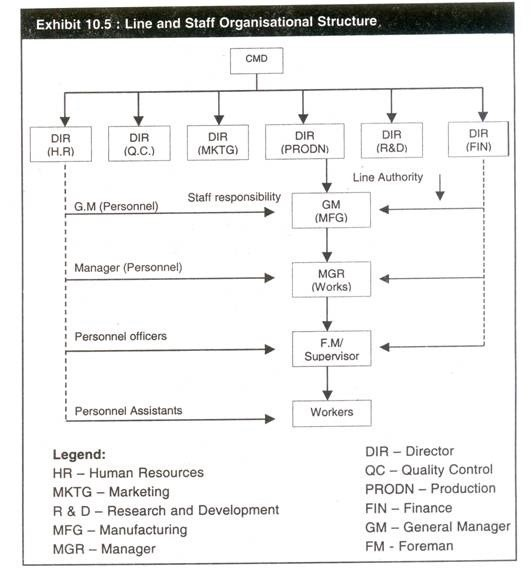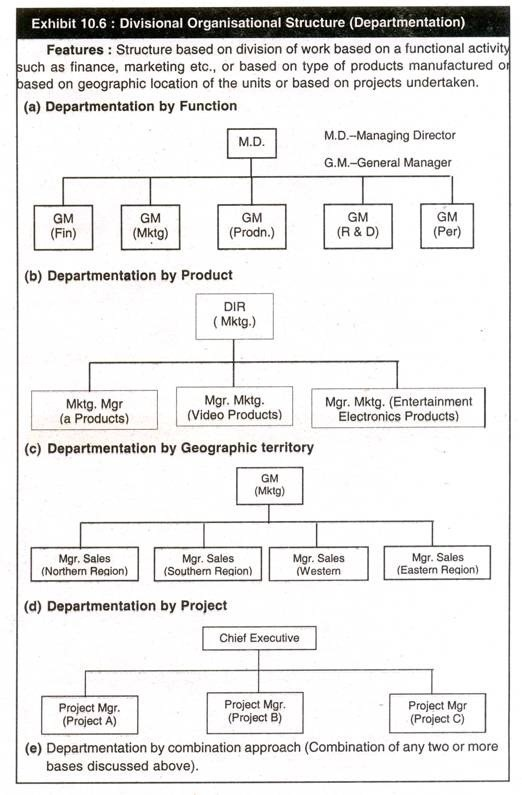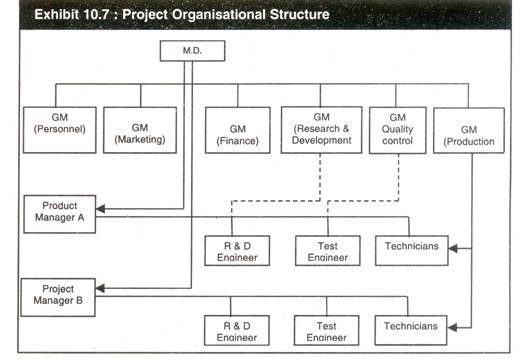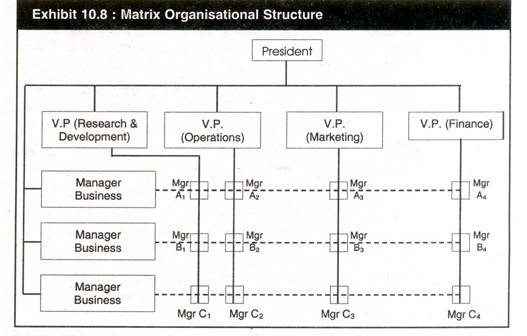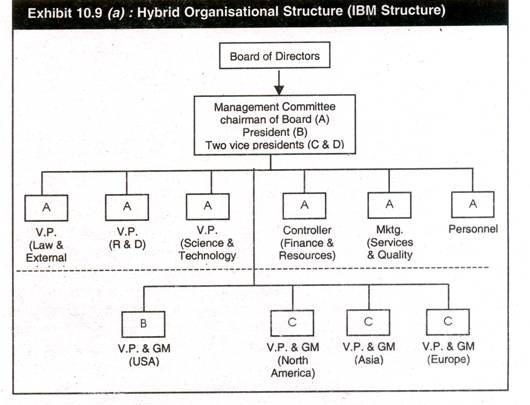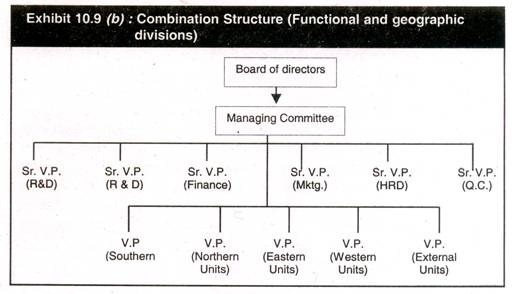TOPIC 4: MANAGEMENT AND ORGANIZATIONS
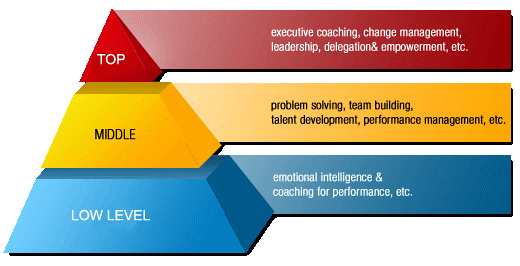
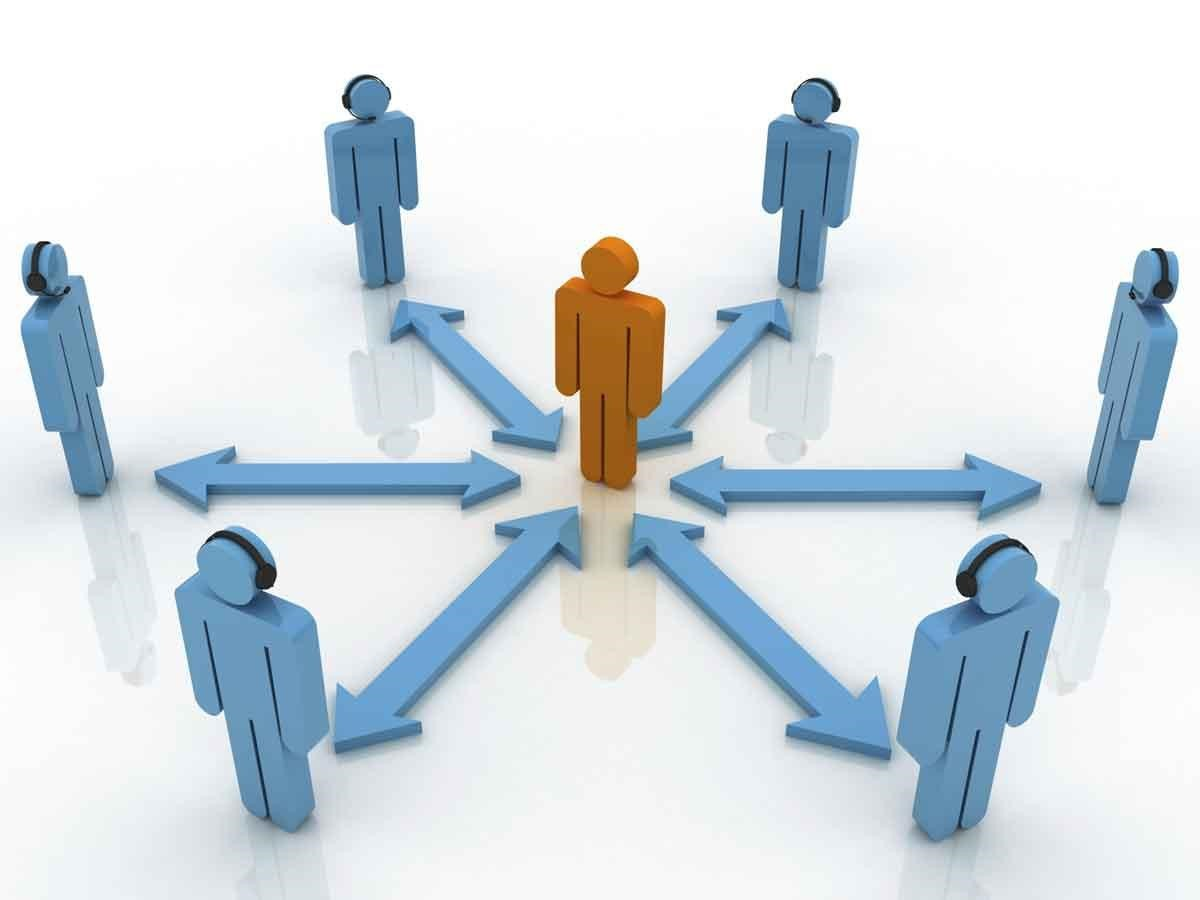
JOIN US WHATSAPP
CLICK HERE
JOIN US TELEGRAM
CLICK HERE
Management and Organization
The Meaning and Importance of Management
Explain the meaning and importance of management
Management – act of allocating resources to accomplish desired goals and objectives efficiently and effectively. Management comprises planning, organizing, staffing, leading or directing, and controlling an organization (a group of one or more people or entities) or effort for the purpose of accomplishing a goal. or is the organization and coordination of the activities of a business in order to achieve defined objectives. Or is The activities associated with running a company, such as controlling, leading, monitoring, organizing, and planning.
Principles of Management
Management principles are guidelines for the decisions and actions of managers.
- Division of Work – According to this principle the whole work is divided into small tasks.The specialization of the workforce according to the skills of a person , creating specific personal and professional development within the labour force and therefore increasing productivity; leads to specialization which increases the efficiency of labour.
- Authority and Responsibility – This is the issue of commands followed by responsibility for their consequences. Authority means the right of a superior to give enhance order to his subordinates; responsibility means obligation for performance.
- Discipline – It is obedience, proper conduct in relation to others, respect of authority, etc. It is essential for the smooth functioning of all organizations.
- Unity of Command – This principle states that each subordinate should receive orders and be accountable to one and only one superior. If an employee receives orders from more than one superior, it is likely to create confusion and conflict.
- Unity of Direction – All related activities should be put under one group, there should be one plan of action for them, and they should be under the control of one manager.
- Subordination of Individual Interest to Mutual Interest – The management must put aside personal considerations and put company objectives firstly. Therefore the interests of goals of the organization must prevail over the personal interests of individuals.
- Remuneration – Workers must be paid sufficiently as this is a chief motivation of employees and therefore greatly influences productivity. The quantum and methods of remuneration payable should be fair, reasonable and rewarding of effort.
- The Degree of Centralization – The amount of power wielded with the central management depends on company size. Centralization implies the concentration of decision making authority at the top management.
- Line of Authority/Scalar Chain – This refers to the chain of superiors ranging from top management to the lowest rank. The principle suggests that there should be a clear line of authority from top to bottom linking all managers at all levels.
- Order – Social order ensures the fluid operation of a company through authoritative procedure. Material order ensures safety and efficiency in the workplace. Order should be acceptable and under the rules of the company.
- Equity – Employees must be treated kindly, and justice must be enacted to ensure a just workplace. Managers should be fair and impartial when dealing with employees, giving equal attention towards all employees.
- Stability of Tenure of Personnel – Stability of tenure of personnel is a principle stating that in order for an organization to run smoothly, personnel (especially managerial personnel) must not frequently enter and exit the organization.
- Initiative – Using the initiative of employees can add strength and new ideas to an organization. Initiative on the part of employees is a source of strength for organization because it provides new and better ideas. Employees are likely to take greater interest in the functioning of the organization.
Esprit de Corps – This refers to the need of managers to ensure and develop morale in the workplace; individually and communally. Team spirit helps develop an atmosphere of mutual trust and understanding. Team spirit helps to finish the task on time.
LEVELS OF MANAGEMENT.
The term “Levels of Management’ refers to a line of demarcation between various managerial positions in an organization. The number of levels in management increases when the size of the business and work force increases and vice versa. The level of management determines a chain of command, the amount of authority & status enjoyed by any managerial position. The levels of management can be classified in three broad categories:
- Top level / Administrative level
- Middle level / Executory
- Low level / Supervisory / Operative / First-line managers
Managers at all these levels perform different functions. The role of managers at all the three levels is discussed below:

Top Level of Management
It consists of board of directors, chief executive or managing director. The top management is the ultimate source of authority and it manages goals and policies for an enterprise. It devotes more time on planning and coordinating functions.
The role of the top management can be summarized as follows –
- Top management lays down the objectives and broad policies of the enterprise.
- It issues necessary instructions for preparation of department budgets, procedures, schedules etc.
- It prepares strategic plans & policies for the enterprise.
- It appoints the executive for middle level i.e. departmental managers.
- It controls & coordinates the activities of all the departments.
- It is also responsible for maintaining a contact with the outside world.
- It provides guidance and direction.
- The top management is also responsible towards the shareholders for the performance of the enterprise.
<!– [if !supportLists]–>1. <!–[endif]–>Middle Level of Management
The branch managers and departmental managers constitute middle level. They are responsible to the top management for the functioning of their department. They devote more time to organizational and directional functions. In small organization, there is only one layer of middle level of management but in big enterprises, there may be senior and junior middle level management. Their role can be emphasized as –
- They execute the plans of the organization in accordance with the policies and directives of the top management.
- They make plans for the subunits of the organization.
- They participate in employment & training of lower level management.
- They interpret and explain policies from top level management to lower level.
- They are responsible for coordinating the activities within the division or department.
- It also sends important reports and other important data to top level management.
- They evaluate performance of junior managers.
- They are also responsible for inspiring lower level managers towards better performance.
<!– [if !supportLists]–>1. <!–[endif]–>Lower Level of Management
Lower level is also known as supervisory / operative level of management. It consists of supervisors, foreman, section officers, superintendent etc. According to R.C. Davis, “Supervisory management refers to those executives whose work has to be largely with personal oversight and direction of operative employees”. In other words, they are concerned with direction and controlling function of management. Their activities include –
- Assigning of jobs and tasks to various workers.
- They guide and instruct workers for day to day activities.
- They are responsible for the quality as well as quantity of production.
- They are also entrusted with the responsibility of maintaining good relation in the organization.
- They communicate workers problems, suggestions, and recommendatory appeals etc to the higher level and higher level goals and objectives to the workers.
- They help to solve the grievances of the workers.
- They supervise & guide the subordinates.
- They are responsible for providing training to the workers.
- They arrange necessary materials, machines, tools etc for getting the things done.
- They prepare periodical reports about the performance of the workers.
- They ensure discipline in the enterprise.
- They motivate workers.
- They are the image builders of the enterprise because they are in direct contact with the workers.
IMPORTANCE OF MANAGEMENT IN BUSINESS ORGANISATION.
- It helps in Achieving Group Goals – It arranges the factors of production, assembles and organizes the resources, integrates the resources in effective manner to achieve goals. It directs group efforts towards achievement of predetermined goals. By defining objective of organization clearly there would be no wastage of time, money and effort. Management converts disorganized resources of men, machines, money etc. into useful enterprise. These resources are coordinated, directed and controlled in such a manner that enterprise work towards attainment of goals.
- Optimum Utilization of Resources – Management utilizes all the physical & human resources productively. This leads to efficacy in management. Management provides maximum utilization of scarce resources by selecting its best possible alternate use in industry from out of various uses. It makes use of experts, professional and these services leads to use of their skills, knowledge, and proper utilization and avoids wastage. If employees and machines are producing its maximum there is no under employment of any resources.
- Reduces Costs – It gets maximum results through minimum input by proper planning and by using minimum input & getting maximum output. Management uses physical, human and financial resources in such a manner which results in best combination. This helps in cost reduction.
- Establishes Sound Organization – No overlapping of efforts (smooth and coordinated functions). To establish sound organizational structure is one of the objective of management which is in tune with objective of organization and for fulfillment of this, it establishes effective authority & responsibility relationship i.e. who is accountable to whom, who can give instructions to whom, who are superiors & who are subordinates. Management fills up various positions with right persons, having right skills, training and qualification. All jobs should be cleared to everyone.
- Establishes Equilibrium – It enables the organization to survive in changing environment. It keeps in touch with the changing environment. With the change is external environment, the initial co-ordination of organization must be changed. So it adapts organization to changing demand of market / changing needs of societies. It is responsible for growth and survival of organization.
- Essentials for Prosperity of Society – Efficient management leads to better economical production which helps in turn to increase the welfare of people. Good management makes a difficult task easier by avoiding wastage of scarce resource. It improves standard of living. It increases the profit which is beneficial to business and society will get maximum output at minimum cost by creating employment opportunities which generate income in hands. Organization comes with new products and researches beneficial for society.
Disadvantages of management.
- Time consuming in making decision
- high cost of operation i.employees salaries
- conflict among employees
Meaning of Planning; Organization; Staffing; Direction; Control and Coordination
Explain the following functions of management: Planning; Organization; Staffing; Direction; Control and Coordination
FUNCTIONS OF MANAGEMENT
Planning
- The planning function of management controls all the planning that allows the organization to run smoothly. Planning involves defining a goal and determining the most effective course of action needed to reach that goal. Typically, planning involves flexibility, as the planner must coordinate with all levels of management and leadership in the organization. Planning also involves knowledge of the company’s resources and the future objectives of the business.

Organizing
- The organizing function of leadership controls the overall structure of the company. The organizational structure is the foundation of a company; without this structure, the day-to-day operation of the business becomes difficult and unsuccessful. Organizing involves designating tasks and responsibilities to employees with the specific skill sets needed to complete the tasks. Organizing also involves developing the organizational structure and chain of command within the company.
Coordinating
- The coordinating function of leadership controls all the organizing, planning and staffing activities of the company and ensures all activities function together for the good of the organization. Coordinating typically takes place in meetings and other planning sessions with the department heads of the company to ensure all departments are on the same page in terms of objectives and goals. Coordinating involves communication, supervision and direction by management.
Staffing
- The staffing function of management controls all recruitment and personnel needs of the organization. The main purpose of staffing is to hire the right people for the right jobs to achieve the objectives of the organization. Staffing involves more than just recruitment; staffing also encompasses training and development, performance appraisals, promotions and transfers. Without the staffing function, the business would fail because the business would not be properly staffed to meet its goals.
Controlling
- The controlling function of management is useful for ensuring all other functions of the organization are in place and are operating successfully. Controlling involves establishing performance standards and monitoring the output of employees to ensure each employee’s performance meets those standards. The controlling process often leads to the identification of situations and problems that need to be addressed by creating new performance standards. The level of performance affects the success of all aspects of the organization.
Principles of Organization




